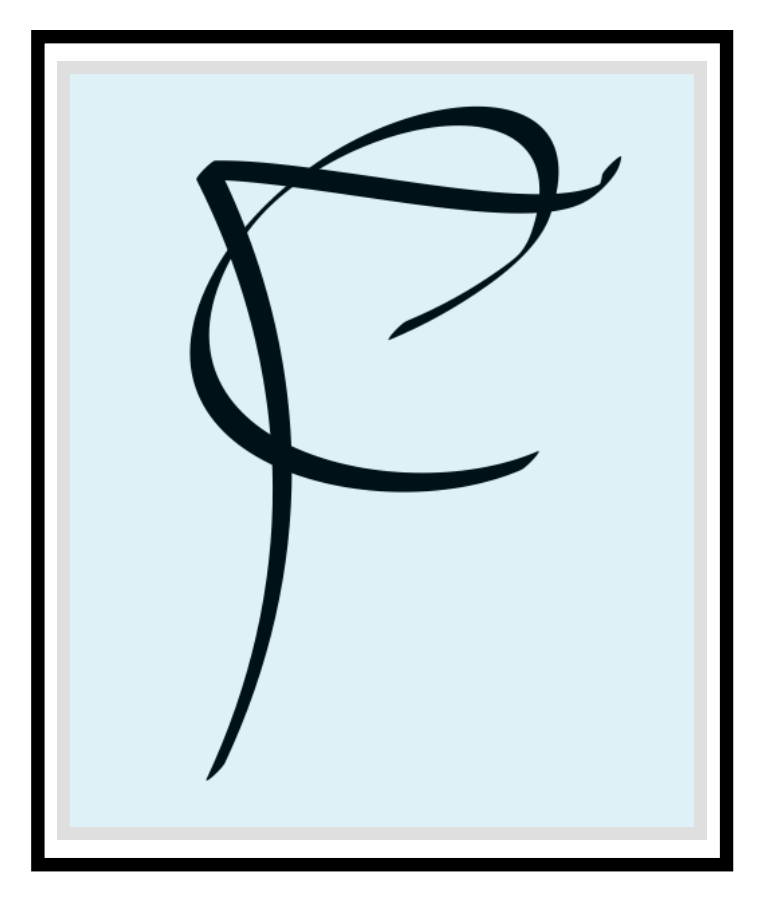Veins are thin-walled structures inside of which a set of valves keeps blood in the body flowing in one direction. The heart pumps oxygen-rich blood to the body’s tissues through thicker-walled arteries; the veins return blood to the heart.
Veins located close to the surface of the skin are called superficial veins and the veins found in the muscles of the arms and legs are called deep veins.
Damaged vein walls cause the circulatory system to struggle, allowing blood to collect and flow backward when the muscles relax. This creates a build up high pressure buildup in the veins just like a clog in the plumbing of a kitchen sink. This buildup causes further stretching and twisting of the veins, increased swelling, more valve damage and sluggish blood flow and eventual blood clot formation.
Eventually, this condition can lead to various disorders known as venous disease.
WHAT IS VENOUS DISEASE?
Chronic venous insufficiency (CVI) is a condition that occurs when the venous wall and/or valves in the leg veins are not working properly, making it difficult for blood to return to the heart from the legs. CVI causes blood to “pool” or collect in these veins, and this pooling is causes stasis.
WHAT CAUSES VENOUS DISEASE?
Venous leg pain may be caused by either superficial venous insufficiency due to a dysfunction in the superficial vein valves that are designed to prevent blood flowing backwards away from the heart or Deep Vein Disease which occurs in pelvis due to increased pressure on the pelvic veins causing a slowing blood flow out of the legs.
SYMPTOMS OF VENOUS DISEASE
- Redness of the skin
- Edema of the legs (swelling)
- Pain in the leg
- Warm skin
- Varicose veins
- Venous Stasis Ulcers
- Discoloration of skin in ankles and/or legs
WHAT TO DO NEXT?
If you are experiencing symptoms of Venous Disease, an evaluation with an ultrasound can determine if you have Venous Disease. Evaluations are safe and painless and treatment can be as simple as wearing compressive recovery socks.
The first step is mostly to try and get the valves close enough to close up when the blood flows up your feet to your heart.
If compression or recovery socks are not helping, you need to see your doctor for testing and evaluation.
Most people who stand or walk for long periods of time should be wearing compression socks for support of the venous system.
If you have diabetes or have had an ulcer of your foot or leg, you should wear compression socks.


If you have surgery of your foot, ankle and leg and are recovering, you should wear compression or recovery socks.
If you exercise or walk daily.
If you have varicose veins.
If you are pregnant.
We have compression suitable for all of these conditions.
